- You can move the transformer closer to the actual light fixtures, as shown in Figure 6, by using a transformer that is designed to be buried directly in the ground, as shown in Figures 7, or in a landscape well, as shown in Figure 8.
- Many low voltage outdoor lighting transformers have multiple voltage taps, from 12VAC to 15VAC. You can use a transformer tap that provides a higher initial voltage with the intent being by the time the higher voltage arrives at the first light fixture the voltage drop on the wire will have reduced it to 12VAC.
- You can install more than one run from the low voltage transformer, going to different groups of low voltage light fixtures, as shown in Figure 9.
- You can install multiple low voltage transformers, closer to the groups of light fixtures, as shown in Figure 10.
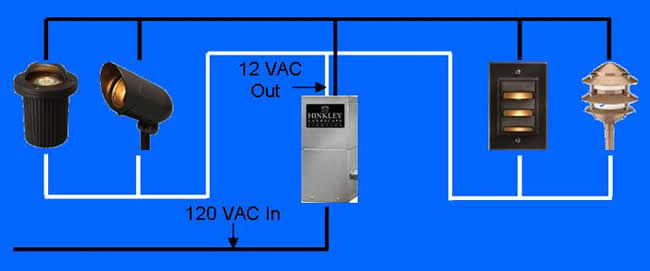
Figure 6 - Low voltage wiring diagram 3
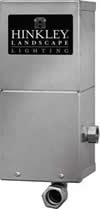
Figure 7 - Direct burial transformer
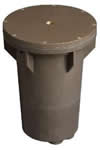
Figure 8 - Landscape well
Note: If you want to be able to change lighting patterns in the future by adding and deleting fixtures and/or if you want to be able to service your outdoor low voltage lighting system, it is best if all transformers and joints are placed in or made in landscape wells.
A few years after installation you will not be able to remember where you burried the transformer or where electrical joints were made. This makes servicing your outdoor low voltage lighting system almost impossible. That is why the ladscape wells are so important.
By installing the transformer closer to the actual light fixtures you dramatically reduce the voltage drop on the 12 VAC circuit legs. At the same time it is wise, if practical, to locate the transformer in the middle of the low voltage lighting group. This will provide for a much more even light output at each of the low voltage light fixtures.
Note: It is very important that you do not supply a voltage higher than 12 VAC to the lamps in the low voltage light fixtures. Voltages higher than 12 VAC will dramatically reduce lamp life.
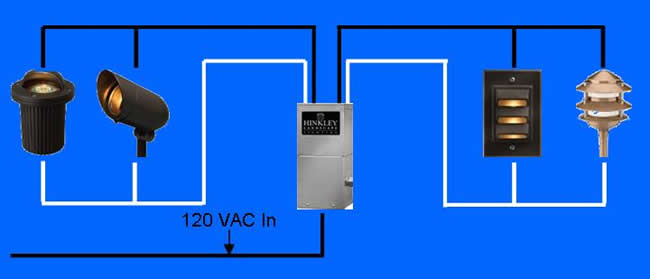
Figure 9 - Low voltage wiring diagram 4
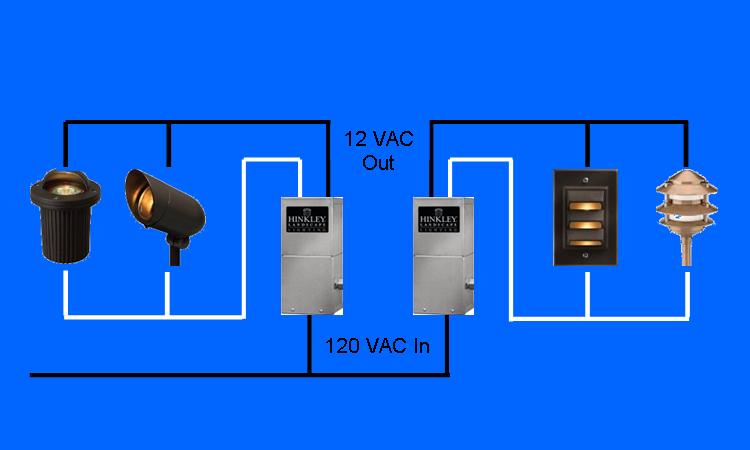
Figure 10 - Low voltage wiring diagram 5
The three most common low voltage outdoor lighting system problems are:
- Undersized wire running between the transformer and the light fixtures.
- Overloaded transformers – too many light fixtures on one transformer.
- Poorly terminated and spliced wires.
I always recommend the use of electrical conduit when running wires underground. Wire that is directly buried in the ground is, for some unknown reason, a magnet for spades, pitchforks and other digging tools and implements.
